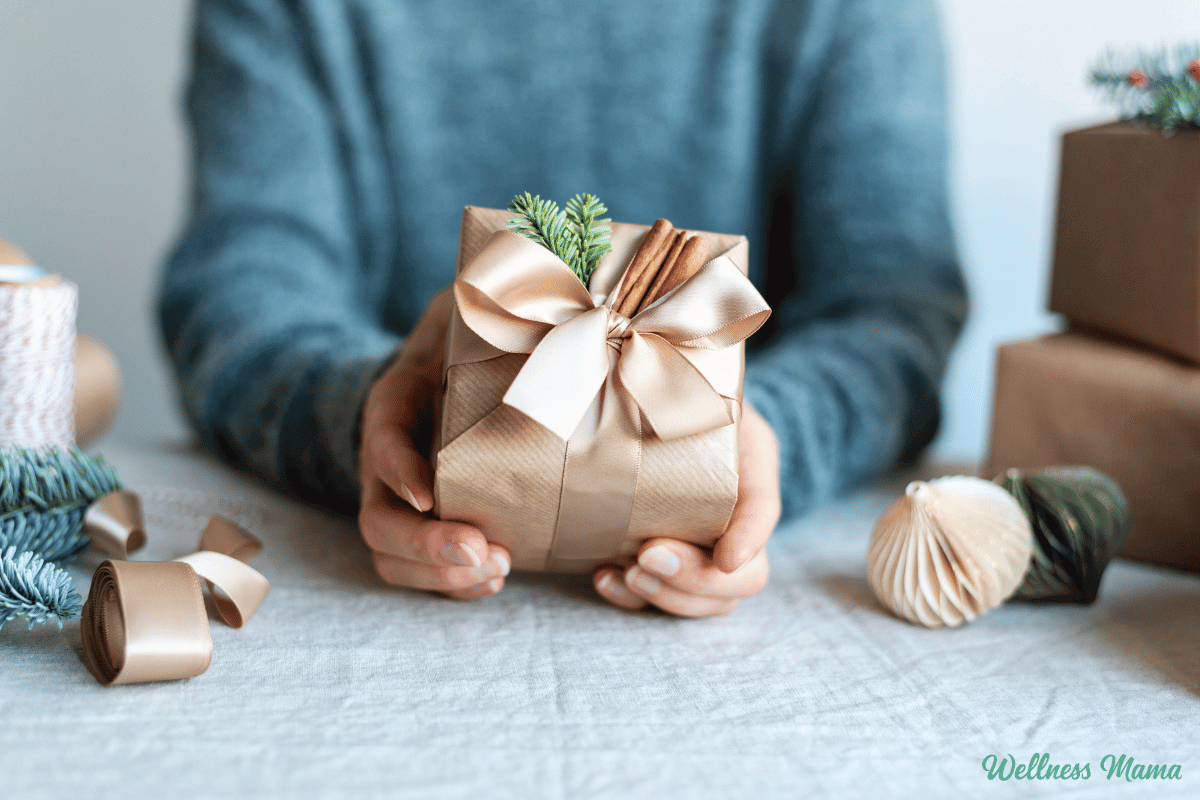CANNABIS CULTURE – Shiva, the infamous god of destruction, was allegedly fond of consuming bhang while he roamed the Himalayas living as a recluse – here’s how you can too.
In India, a traditional Hindu festival called Maha Shivratri (Maha meaning great, Shiv referring to the god the festival is celebrated for, and ratri meaning night, or the night of the great god) held annually right before summer at the end of winter enjoys cannabis as a central figure.
Every year around March, Hindus celebrate in Shiva’s honor. The streets are filled with hawkers preparing fresh bhang in the traditional way using dry nuts, seeds, and sugar grinded in traditional mortar and pestle along with cannabis leaves and washed with milk or water. Each glass is sold for traditionally less than 1$, or 2$ if it has a yogurt base.

Bhang maker shares the fruits of his labour. at an annual festival where bhang is sold in the streets for about $2 / a glass.
Traditionally a poor man’s festival, the rich make the bhang beverage themselves, using legally purchased cannabis leaves and using a higher quality milk, hygiene and more nuts and seeds. All day recital of religious prayers with friends and family just makes a lot of sense on a belly full of the rich drink. Bhang is the traditional, socially acceptable beverage for the celebrations for another festival as well called Holi, or the festival of colours where people colour each other using beautiful dry and wet body colours.
It is so socially acceptable that men, women and sometimes even children have the drink with their families, usually followed by munchies via heavy meals.

Legal Bhang seller – photo courtesy Vice media
HOW TO MAKE YOUR OWN BHANG
India’s Legendary Cannabis Trim Milkshake
Tired of edibles always revolving around butter? This ancient recipe tastes great and gives a solid buzz too, using just trim!
Edibles can be a fun way to get your medication in discreetly without all the damaging effects of smoking or the expensive paraphernalia of vaping. If you’re committed and free for a couple of hours (or half a day) and have the patience for a full-body high that may feel significantly different than smoking, nothing beats a good old-fashioned cannabis edible. However, after years of medicating yourself over and over again, edibles can be challenging to ingest in generous portions to feel a buzz, especially if you’re working with low-grade bud.
There’s an interesting recipe that allegedly goes back hundreds, or perhaps even thousands of years from ancient India that’s essentially a beverage made using cannabis leaves. The recipe, called Bhang, is usually a light green colored drink that holds a special place as an elixir for all sorts of remedies, including heatstroke, mild fever, clearing phlegm, increasing your appetite all the way to increasing sexual desire and stamina. The Hindu version of alternate medicine, called Ayurveda, mentions the healing properties of cannabis as a plant but recommends ingesting it in edible forms rather than smoking it.
Over the years, the recipe has formed multiple variations across India, with each state adding its own twist and flavor to the same, yet claiming itself to be the “original” recipe.
In modern times, if you’re looking to cure yourself of the painful illness of boredom or sobriety, this recipe can get you a bang for your buck only using waste trim. I’ve adapted the recipe to suit modern pantries without a trip to an exotic ingredients store, and added commentary on the logic of the ingredients, with suggested alternatives.
The primary ingredient, of course, is cannabis leaves, or trim leftovers after removing the seeds, buds, flowers and stems.
Ingredients:
- Cannabis leaves, dried – a generous fistful or a cupful
- Milk based yogurt – one cup
- Fennel seeds – 3 or four tablespoons
- Green cardamon – 5 or 6 whole
- Whole almonds – 10 to 15 pieces
- Cashews: 10-15 pieces
- Black pepper whole: Half a small teaspoon
- White sugar – 4 tablespoons (do not substitute with brown sugar, or honey or artificial sweeteners!)
Optional ingredients:
- Whole milk: one cup
- Cinnamon powder: a pinch
- Nutmeg powder: a pinch
- Dried rose petals: Two teaspoons
- Saffron: A few flakes (not the essence)
- Melon seeds: 3-4 teaspoons
Essentially, cannabinoids including THC and CBD are both found in cannabis leaves as well, although in just trace amounts compared to flowers or buds. However, this recipe works because of the sheer quantity of leaves used, which compensates for their lack of potency. Every edible recipe requires either a fat or a sugar base for the cannabinoids to dissolve since they are water-soluble and not water-soluble. Bhang relies on ancient wisdom to utilize good fats from seeds and nuts and dairy instead of butter.
Step 1:
Wash your chopped, dried cannabis leaves thoroughly in cool water until the water runs clear
Ensure your cannabis leaves are crispy and dry. This can take as long as 2 weeks if you’re just drying indoors, or as little as 3 days if it’s really sunny outside. A quick speed hack is to run your oven with its door slightly open at the lowest temperature possible for an hour or more till crispy dry. Ensure the leaves don’t get withered or brown.
If you wish to feel adventurous in trying an ethnic hundreds of years old recipe is washing the dried leaves thoroughly in generous amounts of water. Soak your dried and roughly cut leaves in a big pot of cold water and wash them a couple of times till the water runs clear. Drain the water each time. Dirt, grime, and powdery dusty leaves will settle on the bottom of the pot and must be drained. This process of multiple washing until running clear also removes chlorophyll and plant matter, which can give an annoying headache or “hangover” type feeling in edibles. It can take as much as 7-8 times of washing before the water runs clear, so be patient.
Step 2:
This spices and nut mix is the base of all flavouring in a traditional Indian thandai, or a cooling milkshake
Take all your dry ingredients including fennel seeds, green cardamom, almonds, cashews, black pepper, white sugar and grind them to a powder. If you’re adding rose petals and melon seeds to your recipe, add them right now as well.
If you want to go all authentic, you can use a mortar and pistil. The traditional way to make bhang included spreading the same on a big flat stone and using another curved stone to mash and grind to a paste – this would apparently infuse more flavours in the repeated slow cold grinding process, however, I think the ancient texts included this because it was a few centuries before food processors were invented, so, they work fine as well.
This should create a sweet smelling, aromatic spice mix.
Step 3:
Pour milk / water over through the washed cannabis leaves mix, squeezing along the way
Sieve your crude mixture of wet, cleaned cannabis leaves through a muslin cloth by rubbing the paste against the cloth and pouring water/ milk on top of it. Ensure you pour slowly, squeezing along the way. The resultant beverage should have a slight green tint. Don’t have a muslin cloth? Don’t fret, just use the finest grain sieve you’ve got.
Discard the cannabis leaves mix after a single squeeze. Leaves aren’t super potent, so use them generously while squeezing them through the milk/ water.
Step 5:
Add a cup of yogurt to your milk/water cannabis extract and mix the dry spice mix thoroughly. Next, sprinkle your optional cinnamon powder and nutmeg powder into the mix. Finally, sprinkle a few strains of saffron on top and wait a few minutes for them to infuse their yellow color. And voila you are ready! Serve chilled. This recipe makes about 2-3 glasses.
Just combine the milk/water paste with a cup yogurt and dry spice mix you’re ready to go!
This extra-thick milkshake has several forms and variations, and you can substitute the milk with just water too, the resulting milkshake would just be not as thick. Throughout India, there are variations that exist without yogurt as well, where water is used along with the cannabis paste and nuts adding the fats needed to bind to the cannabinoids. However, in my opinion, those taste like a colon cleansing detox drink, rather than a refreshing beverage.
According to Ayurveda, essentially, all sweet-tasting/ smell aromatics, herbs and seasonings have a “cooling” effect on the body. Cannabis itself is considered a “heating” substance, so the proper ayurvedic preparation to consume cannabis is to add cooling herbs to an otherwise heating substance. Black pepper adds a bit of a kick, and current science suggests that it may have terpenes that reduce the anxiety-causing effects of edibles, so don’t skip on them.
Whether you want to believe the spiritual history of this drink or not, it is an easy way to consume leaves without it tasting like a green watered-down detox smoothie. Just monitor your dose according to your tolerance. To store the same for future use, just grind the thoroughly cleaned cannabis leaves with a little water to form a sticky thick paste that can be kept in the fridge safely for about a week. In India, these little ground pastes of cannabis leaves are called cannabis balls, because they’re usually shaped in little balls, and sold across legal vends throughout the country. India has a complicated situation with medical cannabis where tinctures and oils and edibles are legally sold but smokeable cannabis is not.
Simply add a spoon full to a glass full of nut milk, some additional ground nuts for added fat to bind with the cannabinoids, and aromatic spices for the flavors, and you have an instant glass of bhang ready!
Original Article










